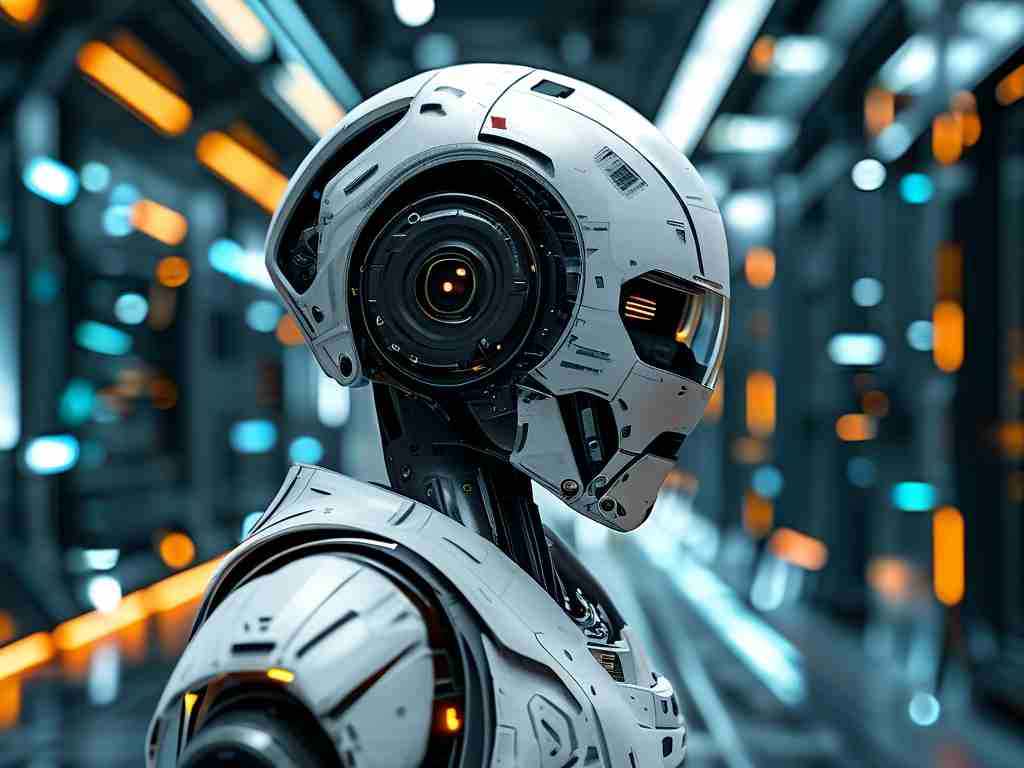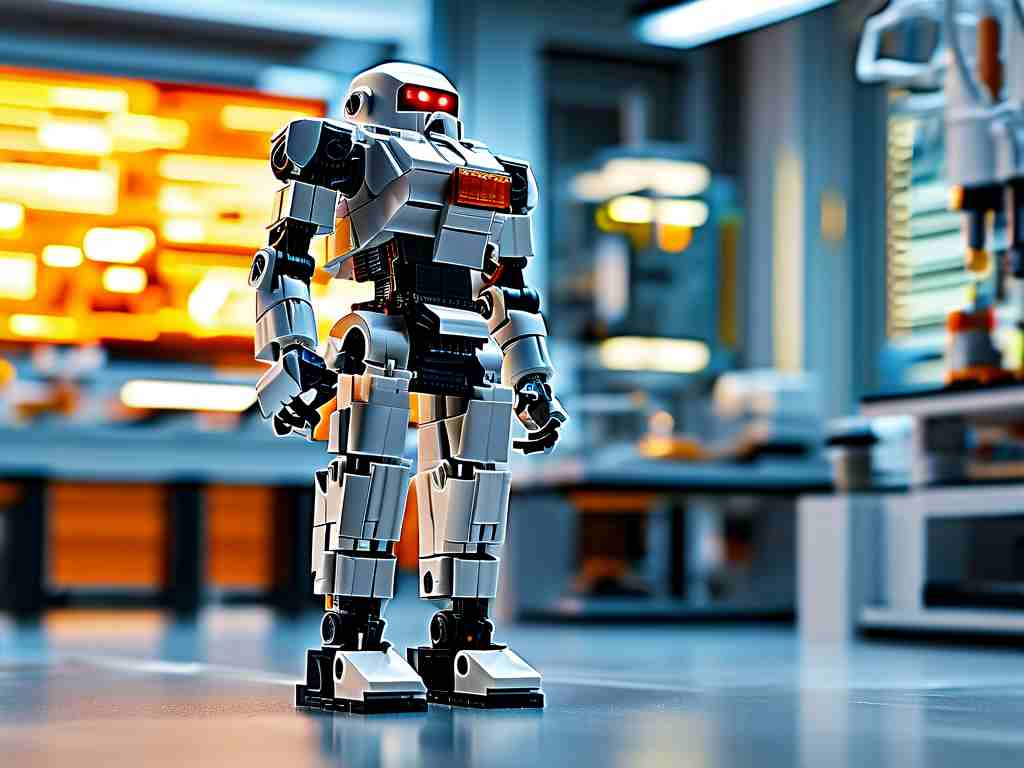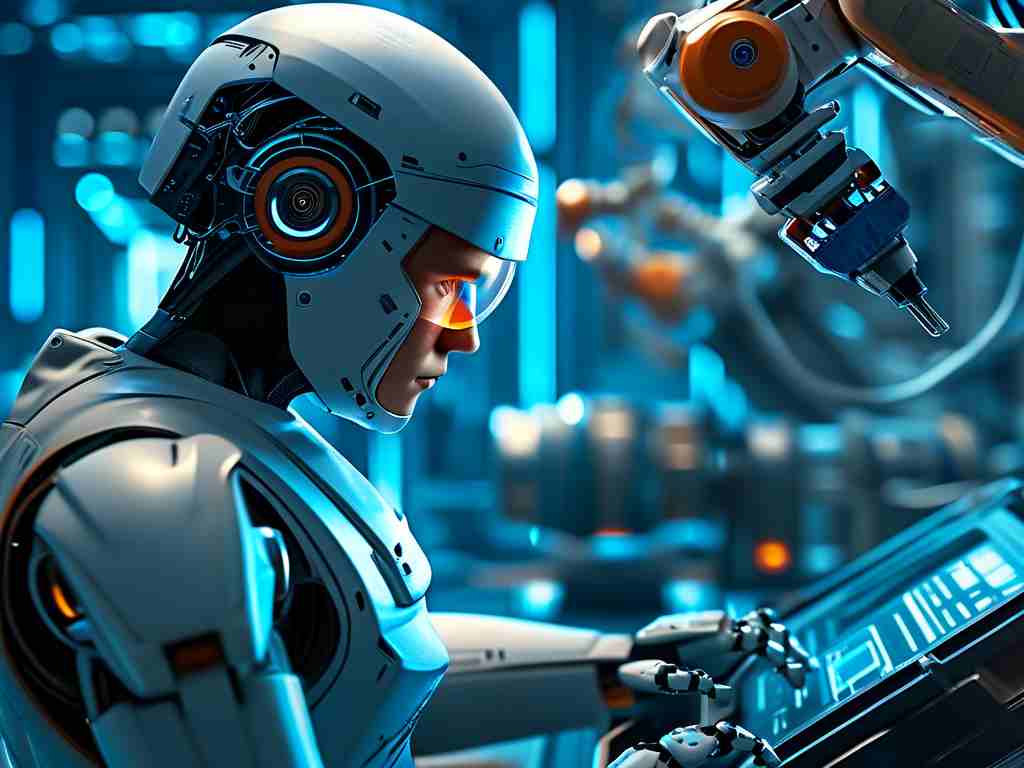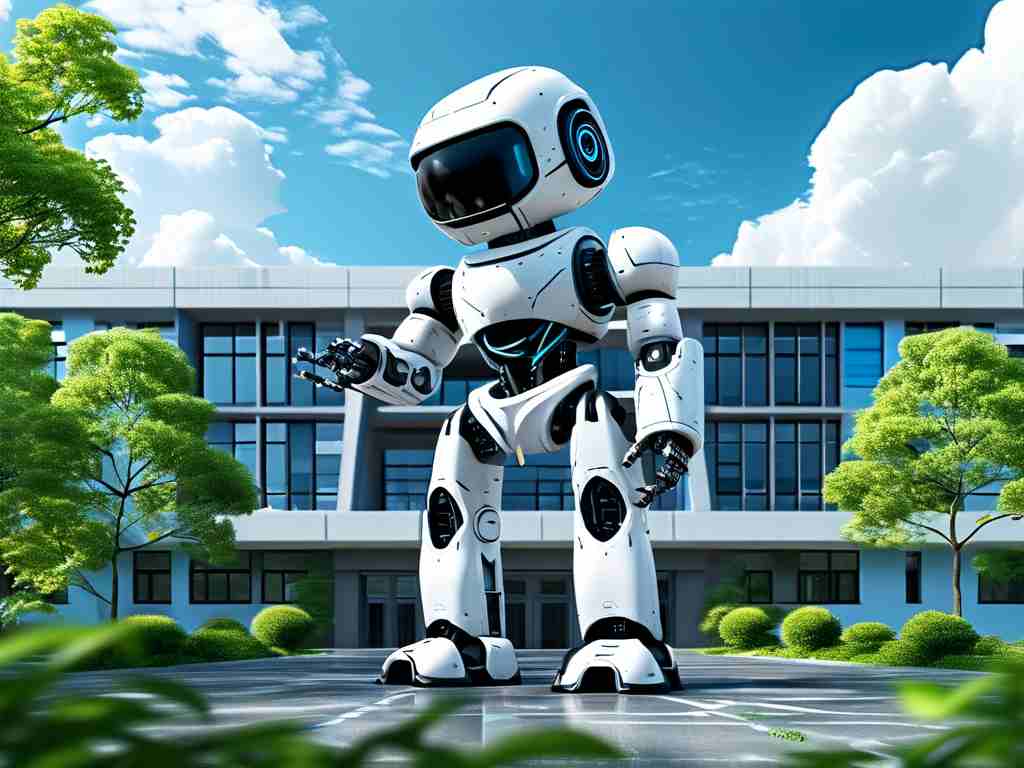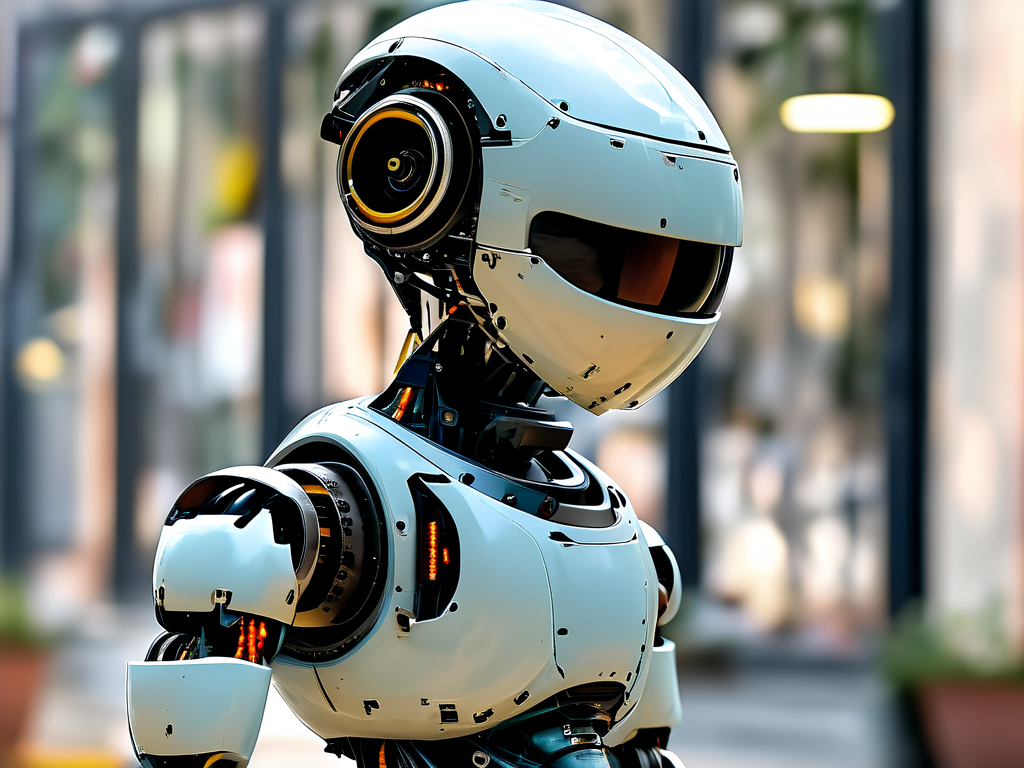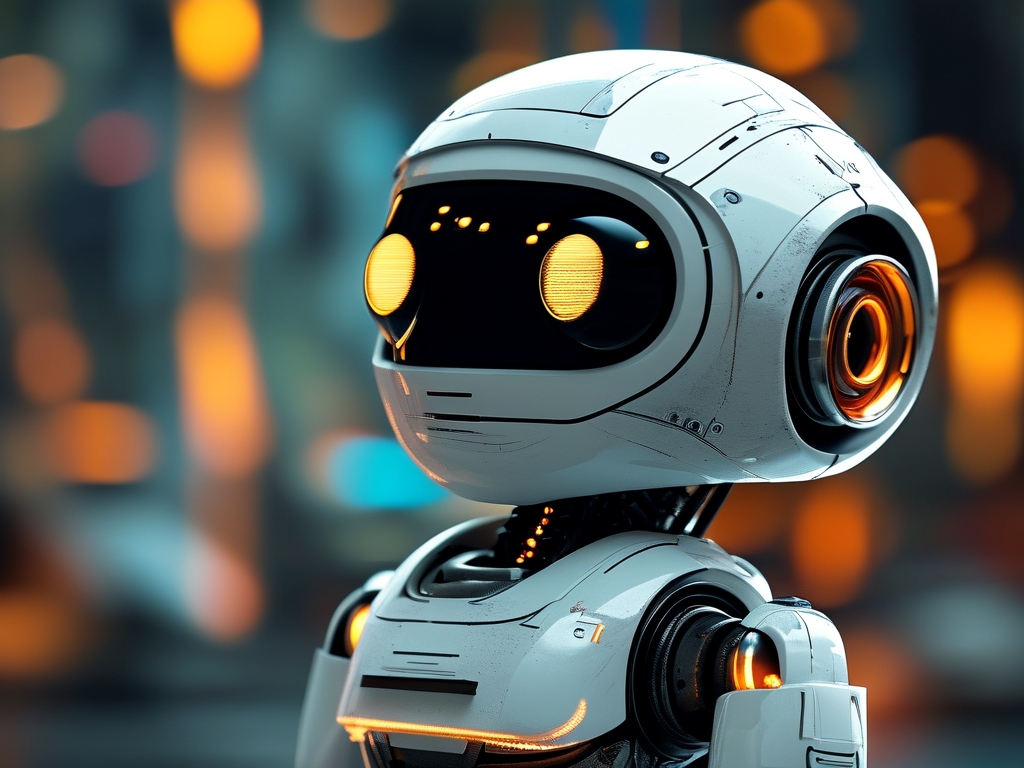The field of industrial robotics has undergone transformative advancements in recent years, creating a growing demand for high-quality educational materials. Modern textbooks and training resources now serve as critical tools for engineers, technicians, and students aiming to master this dynamic discipline. This article explores the key features of contemporary industrial robotics textbooks and their role in shaping the next generation of automation professionals.
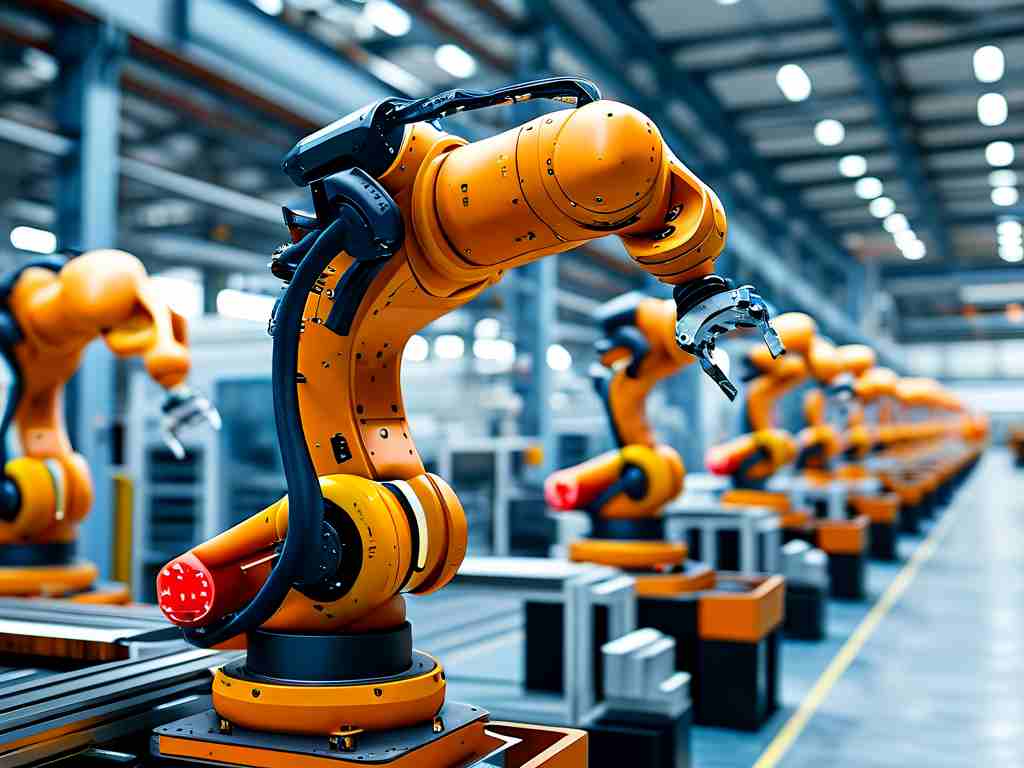
Bridging Theory and Practice
Leading industrial robotics textbooks emphasize a balanced approach between theoretical concepts and hands-on applications. For instance, Industrial Robotics: Theory and Applications dedicates entire chapters to kinematic modeling while providing Python code snippets for trajectory planning simulations. This dual focus ensures learners not only grasp mathematical foundations but also develop practical programming skills. A 2023 survey by the International Robotics Education Consortium revealed that 78% of educators consider integrated coding exercises vital for student preparedness.
Modular Learning Frameworks
Progressive training materials now adopt modular designs to accommodate diverse skill levels. A popular framework divides content into three tiers:
- Foundational modules covering actuator systems and sensor integration
- Intermediate sections addressing human-robot collaboration standards
- Advanced topics like machine vision implementation
This structure allows learners to customize their educational journey while ensuring comprehensive coverage of essential concepts. The Robotic Systems Engineering Handbook exemplifies this approach, with cross-referenced chapters that enable both linear and non-linear study paths.
Case Studies in Manufacturing
Contemporary resources increasingly incorporate real-world case studies to demonstrate industrial applications. For example, the textbook Automation in Production Lines analyzes six automotive assembly case studies, detailing how robotic welding cells improved production efficiency by 40% at a major German automaker. Such practical examples help bridge the gap between classroom learning and shop floor requirements, particularly when paired with CAD file repositories for equipment modeling.
Emerging Technology Integration
As collaborative robots (cobots) and AI-driven systems reshape manufacturing, educational materials must evolve accordingly. The recently updated Smart Robotics Guide dedicates three chapters to neural network applications in quality control systems, complete with TensorFlow implementation examples. These additions reflect industry shifts toward predictive maintenance and adaptive manufacturing processes, preparing learners for tomorrow's smart factories.
Visual Learning Enhancements
Modern textbooks leverage augmented reality (AR) and 3D modeling to enhance comprehension. Through companion mobile apps, students can project holographic representations of robotic workcells onto physical spaces, observing component interactions in real-time. The Interactive Robotics Laboratory Manual reports 62% higher retention rates when using AR simulations compared to traditional diagram-based learning.
Global Standards Compliance
With ISO 10218-1 safety regulations and ANSI/RIA R15.08 certification requirements becoming universal benchmarks, current educational resources systematically integrate compliance training. The Certified Robotics Technician series includes regulatory checklists and risk assessment templates, ensuring graduates understand international operational standards before entering the workforce.
Customizable Learning Platforms
Many publishers now offer cloud-based learning management systems (LMS) that sync with physical textbooks. These platforms provide algorithm sandboxes for testing control logic and virtual PLC programming interfaces. A notable example is RoboEdu Cloud, which hosts over 500 configurable industrial scenarios ranging from simple pick-and-place operations to complex multi-robot coordination tasks.
As industries accelerate their adoption of automation technologies, the importance of robust educational resources cannot be overstated. By combining theoretical rigor with practical implementation guides, modern industrial robotics textbooks are equipping professionals with the multidisciplinary skills needed to drive innovation in smart manufacturing ecosystems. Future editions will likely incorporate quantum computing applications and bio-inspired robotic designs, continuing their vital role in technological advancement.


